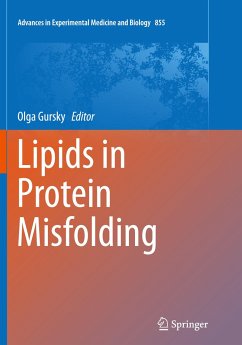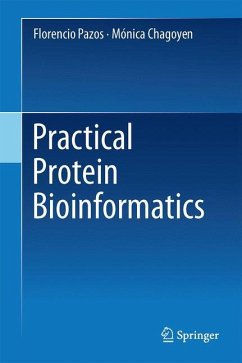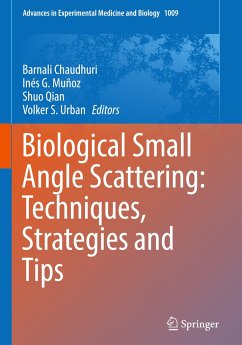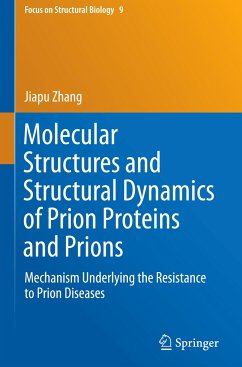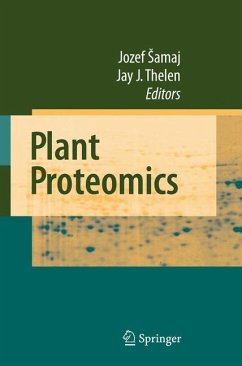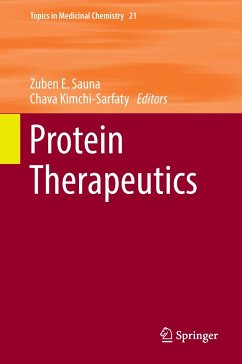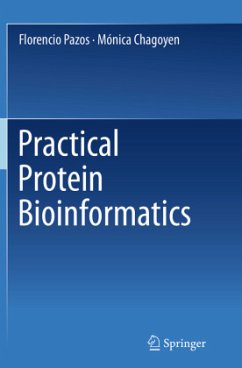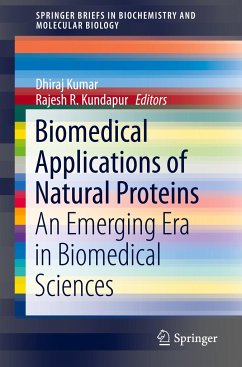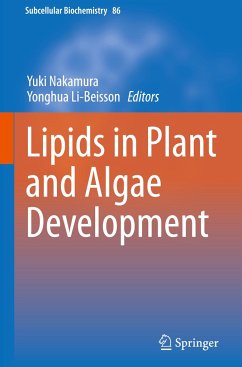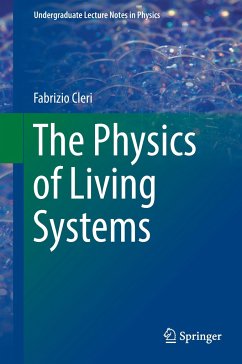
Lipids in Protein Misfolding

PAYBACK Punkte
57 °P sammeln!
Protein conversion from a water-soluble native conformation to the insoluble aggregates and fibrils, which can deposit in amyloid plaques, underlies more than 20 human diseases, representing a major public health problem and a scientific challenge. Such a conversion is called protein misfolding. Protein misfolding can also involve errors in the topology of the folded proteins and their assembly in lipid membranes. Lipids are found in nearly all amyloid deposits in vivo, and can critically influence protein misfolding in vitro and in vivo in many different ways. This book focuses on recent adva...
Protein conversion from a water-soluble native conformation to the insoluble aggregates and fibrils, which can deposit in amyloid plaques, underlies more than 20 human diseases, representing a major public health problem and a scientific challenge. Such a conversion is called protein misfolding. Protein misfolding can also involve errors in the topology of the folded proteins and their assembly in lipid membranes. Lipids are found in nearly all amyloid deposits in vivo, and can critically influence protein misfolding in vitro and in vivo in many different ways. This book focuses on recent advances in our understanding of the role of lipids in modulating the misfolding of various proteins. The main emphasis is on the basic biophysical studies that address molecular basis of protein misfolding and amyloid formation, and the role of lipids in this complex process.





